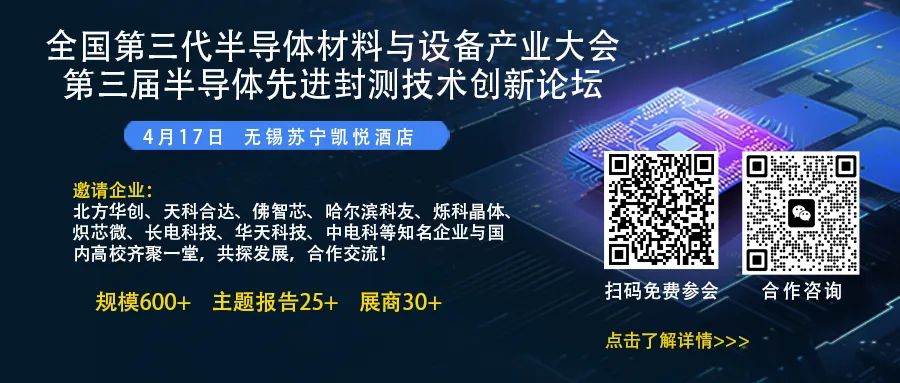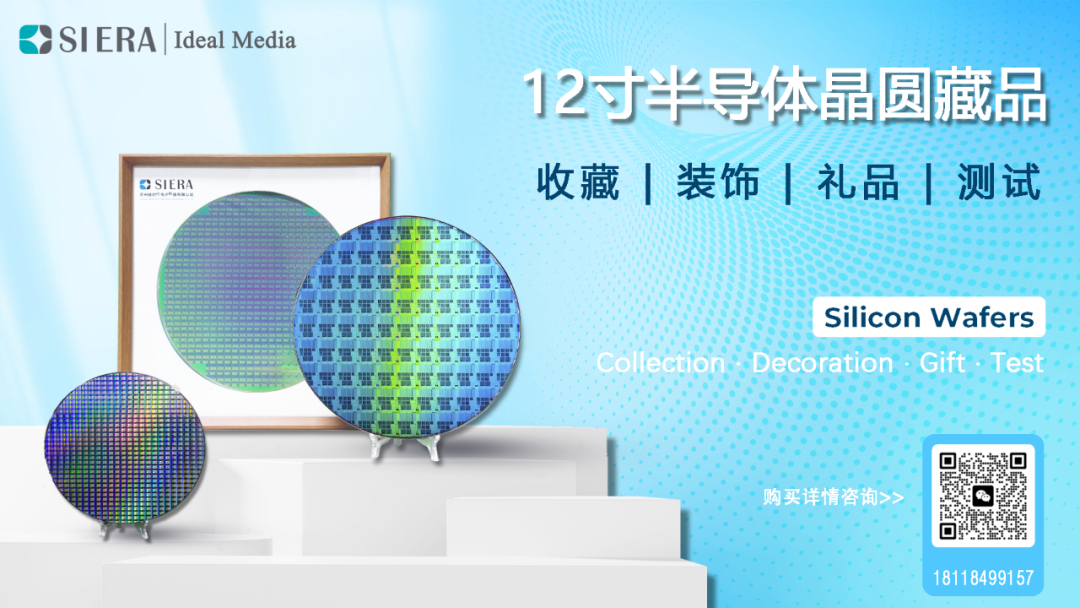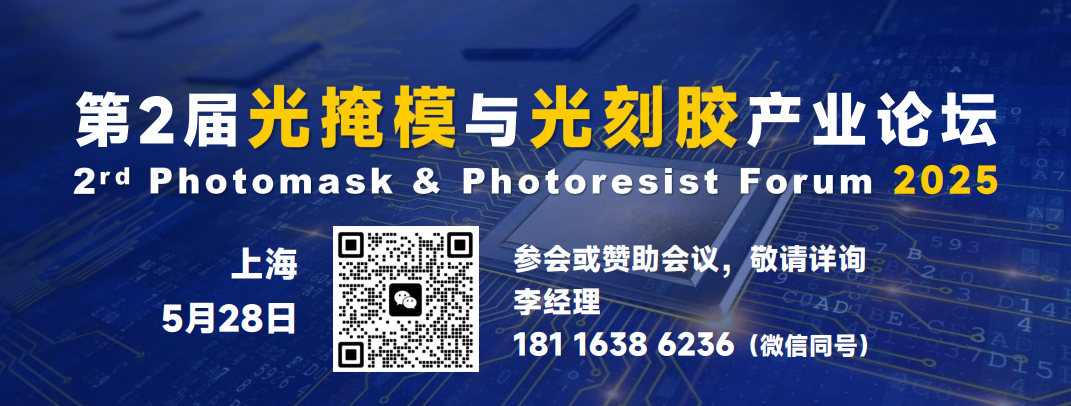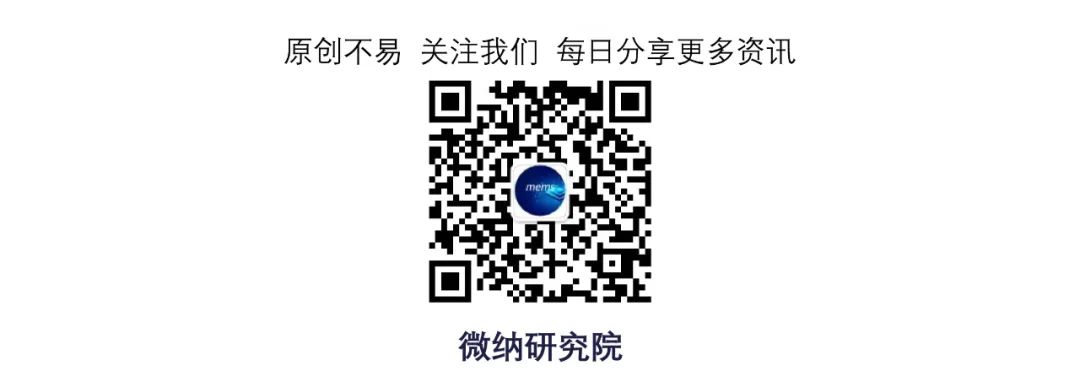

Recently, the “thick chip” featured in the teardown video of Huawei’s foldable flagship Pura X has sparked heated discussions. Although Apple’s M-series processors have long adopted similar packaging technologies, Huawei’s move has ignited a wave of industry discussions. This phenomenon reflects a silent “packaging revolution” in the smartphone chip sector—manufacturers are no longer just competing on process technology but are reconstructing performance boundaries through packaging technology.
If you want to stay updated, click above to follow and set as a favorite!
1. Advanced Packaging: From “Technical Option” to “Competitive Barrier”
Traditionally, advanced packaging was seen as the “final stage” of chip manufacturing, but it has now become a key variable determining smartphone performance.
1. Countdown to the “Failure of Moore’s Law”
As chip processes approach physical limits (such as below 3nm facing quantum tunneling effects), the cost of performance improvement for single chips has skyrocketed. According to IBS data, the cost per million transistors from 5nm to 3nm has only decreased by 4%, while advanced packaging can bypass the limitations of Moore’s Law through heterogeneous integration (such as stacking HBM memory with CPUs) to achieve performance leaps at lower costs.
2. The “Signal Defense War” in the High-Frequency Era
With smartphone chip frequencies breaking 3GHz and memory frequencies reaching 6400MHz, the “long-distance communication” between memory and CPU in traditional packaging leads to increased signal attenuation and interference. Advanced packaging improves data transmission efficiency by shortening transmission paths (from centimeters to millimeters). For example, TSMC’s CoWoS technology integrates HBM memory with GPUs, allowing NVIDIA’s H100 chip bandwidth to soar to 4.8TB/s, far exceeding the traditional motherboard connection of 200GB/s.
3. The “Life-and-Death Game” of Heat Dissipation and Power Consumption
The contradiction between smartphone miniaturization and high-performance demands is sharp. In traditional packaging, the heat transfer efficiency between CPUs and memory is low, while advanced packaging optimizes thermal paths through integrated design. For instance, Apple’s M-series chips use a unified memory architecture to reduce data transport power consumption, improving AI task efficiency by three times.
2. The Game Among Smartphone Manufacturers: Self-Developed Giants Lead, Supply Chain Under Currents
1. The “Privilege” and “Ambition” of Self-Developed Manufacturers
Vertical integration manufacturers like Apple and Huawei leverage their self-developed chip advantages to take the lead in advanced packaging. Huawei’s Pura X enhances the performance of its 14nm chip by 300% through packaging technology, while Apple’s A-series chips rely on TSMC’s InFO packaging to dominate the high-end market. These manufacturers build differentiated competitive advantages through packaging definition.

2. The “Predicament” and “Breakthrough” of Third-Party Chip Manufacturers
Qualcomm and MediaTek are limited by the dispersed demands of their customers, making it difficult to promote customized packaging on a large scale. However, foundries like TSMC and Samsung are breaking the monopoly through Chiplet technology. For example, TSMC’s 3DFabric platform supports heterogeneous integration of multiple chips, potentially providing Qualcomm with “semi-customized packaging”.
3. The “Technological Arms Race” in the Supply Chain
Material innovations (such as glass-based packaging and TSV silicon vias) and process breakthroughs (such as 2.5D/3D stacking) accelerate the iteration of packaging technology. Samsung’s new advanced packaging plant in Texas will support HBM and 2.5D packaging, while companies like JCET and Tongfu Microelectronics in China have achieved mass production of 4nm Chiplets, competing for NVIDIA and AMD orders.
3. The Future Battlefield: From Smartphones to the “Packaging Revolution” of the Internet of Everything
1. The “Dual Engine” of AI and Automotive Electronics
The demand for computing power from AI large models is growing exponentially, making 2.5D/3D packaging the standard for GPUs and NPUs. At the same time, autonomous driving chips need to integrate CPUs, GPUs, and sensors, with the system-in-package (SiP) market expected to reach $61.6 billion by 2027.
2. The “Push” of Policies and Capital
China’s “14th Five-Year Plan” lists advanced packaging as a key path for breakthroughs in integrated circuits, with the second phase of the big fund investing over 8 billion yuan; the U.S. and Japan are also competing for technological supremacy through subsidies.
3. The “New Threshold” of Ecological Collaboration
Advanced packaging requires collaboration across the entire industry chain of chip design, materials, and equipment. For example, TSMC needs to collaborate with SK Hynix to develop HBM packaging, while Samsung, with its integrated layout of memory + foundry + packaging, provides a “one-stop solution”.
The “thickness revolution” of smartphone chips is essentially a shift in the semiconductor industry from “point breakthroughs” to “system integration” paradigms. As packaging technology becomes the core lever for performance leaps, competition among manufacturers will shift from single process parameters to full-stack innovation capabilities. In the future, whether it is foldable smartphones, AR glasses, or smart cars, the competition in packaging technology will determine who can thrive in the “post-Moore era”.


Like + View
Share with your friends! ↓